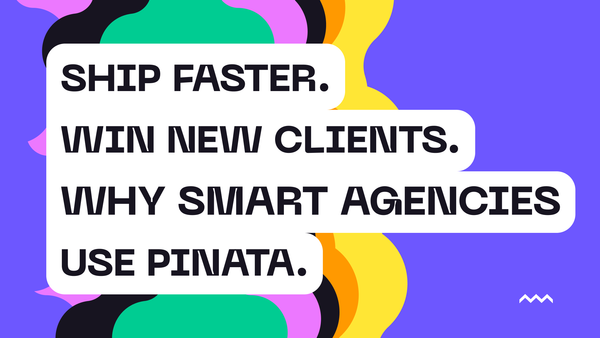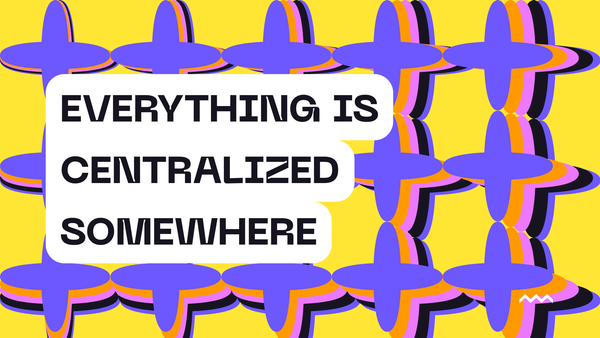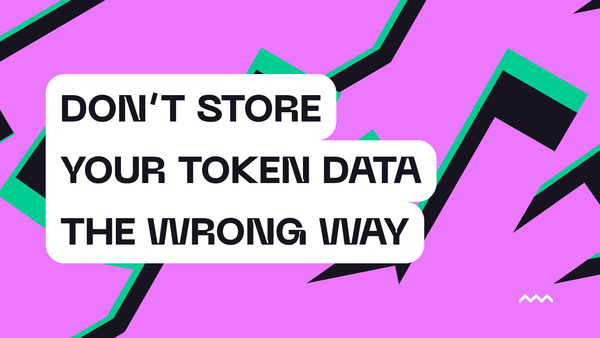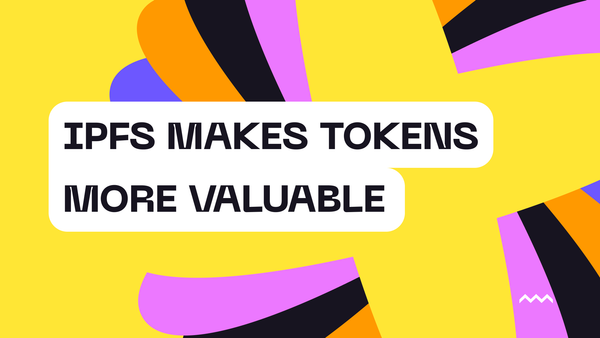
How to build a Data Feed Platform
Leveraging x402 and Pinata Pinata recently released our x402 implementation that lets our users monetize content via their dedicated gateways. This functionality opens up a whole new world of possibilities for Pinata users, and a big use case we're excited about is data feeds. Specifically data feeds that
Read more








